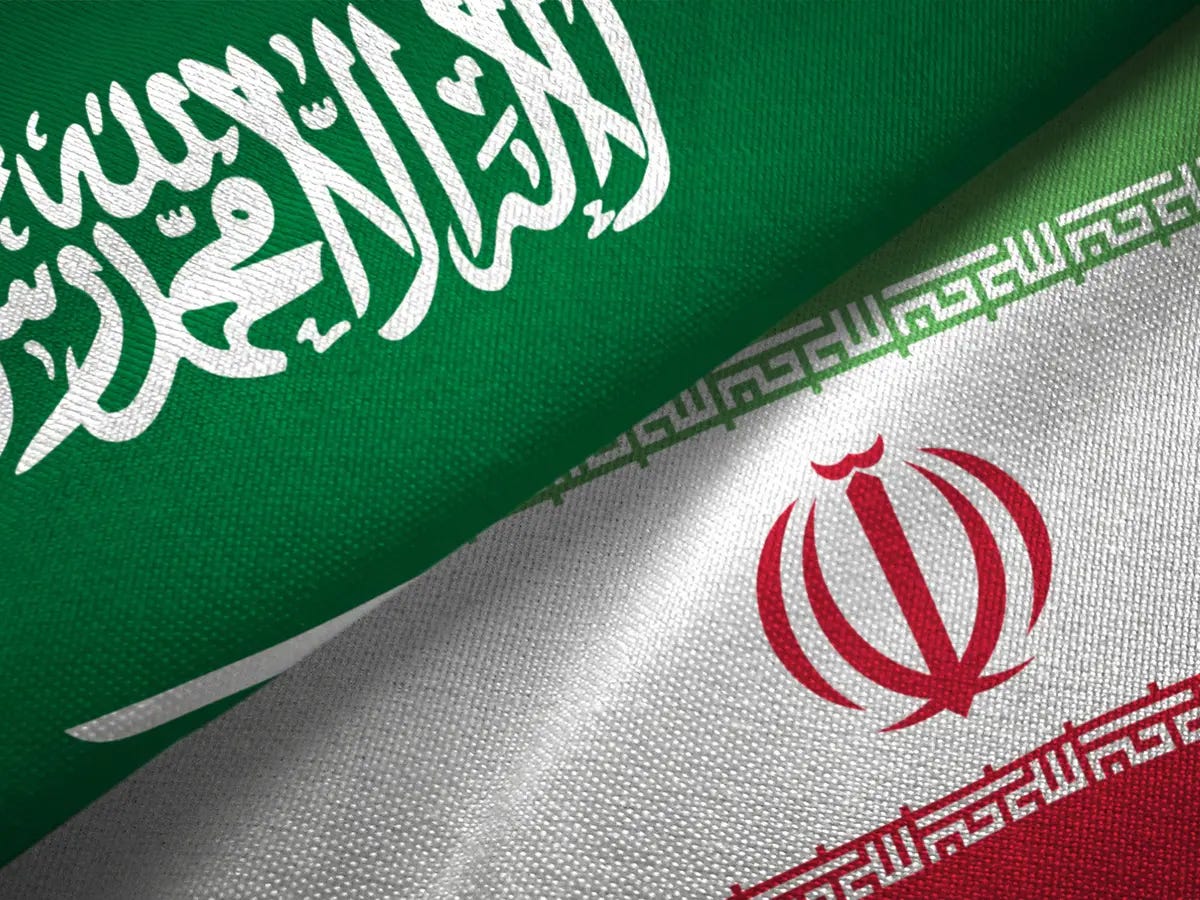Holy War: Iran vs. Saudi Arabia (Pt. 2)
How the Saudi-Iran conflict spilled over into Syria and Yemen.
When Ayatollah Khomeini seized power in Iran, he vowed to expel all Western influence and topple the Gulf monarchies. His vitriol was especially directed at Saudi Arabia. The Iranian Supreme Leader incited Muslims around the world to overthrow secular governments and impose sharia law. But to the Iranian leadership, their country’s influence is a liberating one. Opposition to Saudi Arabia is crucial to their worldview. The Iranians despise Saudi Arabia, accusing it of being a proxy for the Western powers. From the perspective of Iran’s regime, it is Saudi Arabia that started a holy war against the Shiites. It has criticized the Saudis for their support of Saddam Hussein, al-Qaeda, Daesh, Al Nusra, and other violent sectarian fanatics.
Syria
One of the hotbeds of proxy war between Iran and the Saudi Kingdom is Syria. Over five million people have fled Syria, while millions more have been displaced. After a brutal siege, the Assad regime finally retook control from the Syrian rebels in December of 2016. Iran has long supported Bashar al-Assad. Assad’s Syria has been Iran’s only continuous ally since the revolution in 1979. When the Syrians revolted against Assad, Iran was determined to back the regime. This was part of the Arab Spring in 2011. Protestors called for an end to the dictatorship, and a transition into democracy. Assad cracked down on the protestors, with help from Iran. Assad accused the revolt of being a foreign conspiracy. The Syrian regime dismissed the protests as the violent instigations of Muslim fanatics. But the Syrian opposition was quite diverse, and backed by many countries. Among its patrons were Saudi Arabia, Qatar, the UAE, Turkey, the US, and the EU. The Saudi government supported hardline Sunni rebels, as a means of counteracting Iranian influence. Much of Iran’s influence in Syria occurs through its proxy militia of Hezbollah, which operates out of neighboring Lebanon. Since the 1980s, Hezbollah has emerged as a major political party, equipped with their own militant wing. Iran and Hezbollah see a collapse of Assad’s regime as an existential threat to Iranian hegemony in the region. So they are doing everything they can to prevent this outcome. The Syrian War is one of the most vicious in modern times. Barrel bombs, packed with nails and shrapnel, rain down from the sky on civilian villages. Chemical weapons have been used. Entire cities have been placed under siege. An estimated half a million people have already died. But the opposition has not been able to topple Assad. Iran blames the US for this failure. The Obama administration refused to enforce the red line, which weakened the Syrian opposition. Russia intervened. The Iranians escalated their own involvement. The war began to turn decisively in Assad’s favor. The Saudis began to withdraw some of their support for the Syrian rebels as well.
Yemen
As the Syrian conflict turned in Assad’s favor, Saudi Arabia increasingly frustrated. The Saudis were horrified by the Obama administration’s nuclear deal with Iran. With the growing threat of Iranian expansionism, Saudi Arabia began to take matters in its own hands. In 2016, the Saudis organized a coalition of 34 mostly Sunni states. Bordering a strategic passage to the Suez Canal was Yemen. There, Prince Salman drew a red line against Iran’s expansion. Yemen is home to the Houthis, who are members of the Zaidi sect of Shia Islam. In 2015, the Houthis captured the capital city of Sana’a. So the Saudis authorized airstrikes against the pro-Iranian Houthis, known as Operation Decisive Storm. The Saudis made this decision without consulting the US, showing just how frayed their relationship had become. The Prince insisted that the Iranians had ambitions to capture Mecca, and he wanted to prevent a war on Saudi soil. But Tehran has accused the Saudis of refusing a negotiated peace. The war is difficult to cover, because foreign media is rarely allowed in. The US is one of Saudi Arabia’s main suppliers for this intervention. The Obama administration grew frustrated with the Saudis, and cut off supplies. But this did little to revive America’s reputation in Yemen. President Trump came into the White House pledging to restore relations with the Saudis. His first foreign visit was Riyadh. Angry Houthis responded by firing missiles at the Saudi capital. Trump promised $110 billion in weapons to Saudi Arabia. Conditions in Yemen are deplorable. Poverty and sickness abounds. It is home to one of the worst cholera outbreaks in modern history.
Learn More





